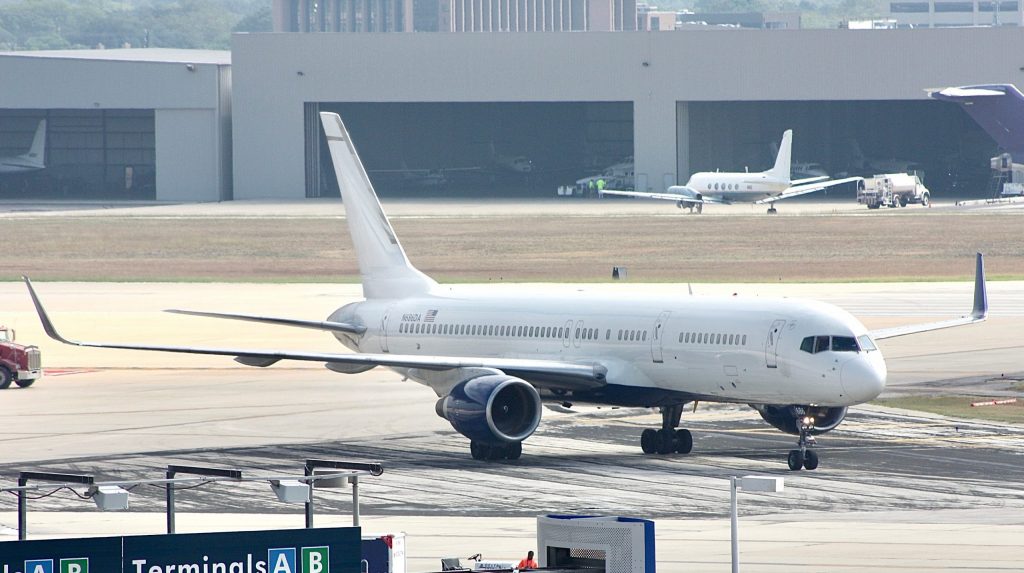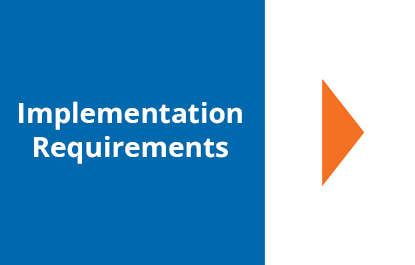San Antonio International Airport
Developing an Airport Information Management System
San Antonio International Airport (SAT) is owned by the City of San Antonio and operated by their Aviation Department. In 2022, SAT served 9.5 million passengers, a 23% increase over 2021 levels, and handled 122,000 metric tons of air cargo. The San Antonio Airport System accounts for $5.2 billion in economic impact annually and supports approximately 46,000 jobs in the region. A recent runway expansion led to increased passenger flow at SAT. The City of San Antonio approved a data-driven strategic development plan for SAT that includes new terminal construction, supported by a $20 million grant from the Federal Aviation Administration. The SAT analytics team is working to develop a data-driven organization that integrates information from multiple airport divisions (e.g., parking, concessions, operations) into a unified repository and to eventually construct an Airport Information Management System (AIMS).

Airport Demographics
Southwest United States
San Antonio Airport System
5,000 Employees
Data Analytics Capabilities at SAT

- SAT has a strategic development plan to expand the airport in order to keep up with increased passenger flow.
- The airport has a strategic interest in establishing key performance indicators (KPIs) across divisions.
- Every division of the airport reports numerical data to the SAT analytics team in the form of Microsoft Excel spreadsheets.
- Data from separate Excel spreadsheets have to be entered and integrated in a central database.
- Integrating information from different divisions with data in different formats can be challenging and time-consuming.
- The analytics team produces reporting dashboards to identify trends; some forecasting is done but not at the level of prediction.

- The SAT analytics team has worked to develop KPIs across all the airport divisions, tracking finance and budget performance on a monthly basis.
- Captured information on every financial statistic and conducted ratio analyses on the raw data.
- Analytics team creates reporting dashboards to support data-driven decision-making by managers.
- Any changes made to information at the airport division level cascade down the reporting systems.
- Doing some predictive analytics work (regression) on data from parking, concessions, passenger flow, and maintenance.
- Storing all information in a data lake (or SharePoint) will provide a single source for accessing and analyzing the data.
- An AIMS would allow access to data without using Excel spreadsheets.

Technical Requirements
- The City of San Antonio has partnered with Google to create a cloud-based enterprise system data lake.
- Off-the-shelf analytics systems can be procured for use.
- Establishing automated pipelines for recording data and storing it in a data warehouse (data lake).
- Running Power BI on a third-party platform to build data dashboards and data visualizations for reporting.
- Transitioning resources to the intranet and increasing access to data for internal end users.
Human Capital Requirements
- Partnering with an external consultant to build the system.
- Building a team to manage and operate the system.
- Data management and analytics work is done by SAT.
- Obtaining buy-in from internal partners, including the executive and management teams.
- Shared services agreement with San Antonio (IT, HR).

Data and Technology Limitations
- Data collection requests conducted manually; divisions provide requested data on various spreadsheets.
- Airport is not automatically collecting data; there are no application programming interfaces that will provide data to use in Power BI.
- Analytics team depends on various departments and airport divisions to provide data on a regular basis.
- Executive team needs to see the value of data reporting and predictive analysis for decision-making.

- Building reporting dashboards provided managers with data to inform day-to-day decisions (budgets, staffing).
- A flow management module on data reporting dashboards is accessible to all concessionaires and internal working teams.
- Forecast models predict passenger flows in 15-minute pieces and are provided to Transportation Security Administration, the federal partner.
- Demonstrating dashboards to managers and getting feedback increased buy-in and adoption by end users.
Change Management Strategies
- Developing an analytics program is a journey, and it is best to start from the top by demonstrating to the executive team what data analytics can do for the organization.
- Getting buy-in from internal stakeholders and managers by showing them what they can get from the reporting dashboards and how that information can inform decision-making.
- Recruiting analytics talent and providing training in data literacy and support services can increase the implementation of analytics solutions to end users and advance analytics maturity.
Greatest Challenges & Lessons Learned
Challenges
- Airports need to build a dedicated team for doing analytics; obtaining and retaining talent is difficult.
- Difficulty providing learning and development resources for end users, such as online classes and subscriptions for managers.
- Measuring congestion based on density thresholds was more difficult to understand than travel times.
Lessons
- Obtaining buy-in and support from senior leaders is essential for the success of the data analytics program.
- Train internal staff to upload data on a monthly basis and start using reporting dashboards.
- Create a second cloud-based system running in parallel for tracking and analyzing strategic KPIs and business goals.
Impact to Organization
SAT is undergoing expansion to meet increased passenger air travel. The data analytics team at SAT integrates information from multiple airport divisions (e.g., parking, concessions, operations) into a single source for data visualization, to build reporting dashboards, and for predictive analytics. The long-term goal for the analytics team is to develop an AIMS to improve the analytics workflow, provide data to internal stakeholders more efficiently, and support data-based decision-making to improve operations and the passenger experience.